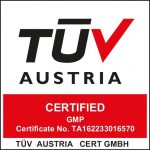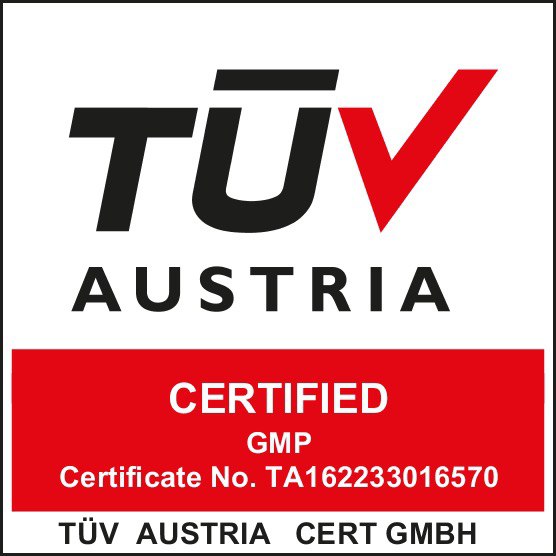Frequently Asked Questions
Write us an e-mail via the form, or just send us an e-mail directly at.
SEND US A MESSAGE
Any concerns or questions? Our experts are here for you.
Can I use your products in complete safety?
We make the safety of our consumers our absolute priority.
In accordance with European legislation, an expert toxicologist evaluates each of our
products before they are placed on the market. The safety evaluation of our products is based on three tests: assessment of the safety of raw ingredients, assessment of the safety of finished products and cosmetovigilance, which consists of monitoring the tolerance of products on the market and collecting any information likely to improve them.
Why do your products contain BHT?
BHT (Butylated Hydroxytoluene) is an antioxidant that prevents fatty compounds in a formula from becoming rancid.
Based on the studies available, the CIR (Cosmetic Ingredient Review) expert panel concluded that BHT does not cause significant irritation, sensitisation or photosensitisation.
In addition, since the concentration of this ingredient is very weak in cosmetic formulations (from 0.0002% to 0.5%), its use does not present any risk.
Why do your products contain silicone?
In cosmetic products, silicones (CYCLOPENTASILOXANE, DIMETHICONE, CYCLOMETHICONE, etc.) have excellent sensory properties: they improve the feel (slippery, smooth sensation) and finish (powder, drier, mattifying). This encourages, in particular, long-term use of the treatment. Silicones are considered to be safe ingredients by international regulatory authorities, including the Scientific Committee on Consumer Safety (SCCS). They are chemically inert materials, well tolerated by the skin, non-comedogenic,
non-irritant and non-allergenic.
Antioxidant agents
In cosmetics, the role of antioxidants is to protect the product’s formula from oxidation
and, in particular, to prevent plant-based fats from becoming rancid.
Preservatives
You want your products to be effective and safe for as long as you use them.
That’s why we usually need to add preservatives to the formulas, thus preventing contamination and product deterioration. It is thanks to these preservatives that we can guarantee the durability and expiry date of our products.
For example, the use of preservatives such as parabens is much less of a risk for health than any potential bacterial contamination.
Do your products contain parabens?
Parabens are naturally derived preservatives that are also found in fruit and vegetables (strawberries, carrots, onions). There are different types of parabens, and they have
Been used for many years in cosmetic products to prevent the development of bad bacteria and fungi. Only four are used in cosmetics:
METHYLPARABEN, ETHYLPARABEN, PROPYLPYLPARABEN and BUTYLPARABEN. In a formula,
each type of paraben cannot exceed 0.4% for a maximum of 0.8% in accordance with EU regulations.
We have comprehensive toxicological data, which is being updated along with scientific advances in chemical assessments. Our expertise in these substances allows us to use them safely. They are very effective and not very allergenic. However, in response to the concerns of our
consumers, we are removing them as our formulations are reworked.



